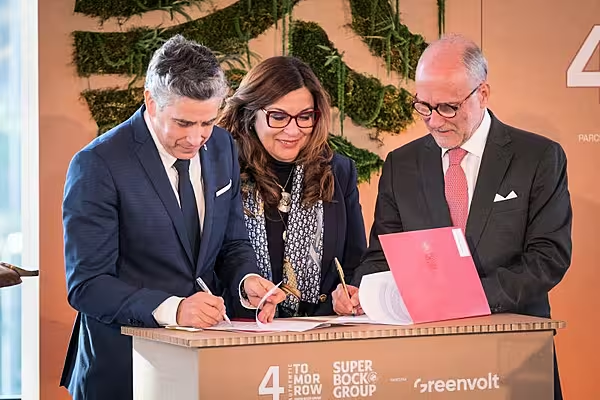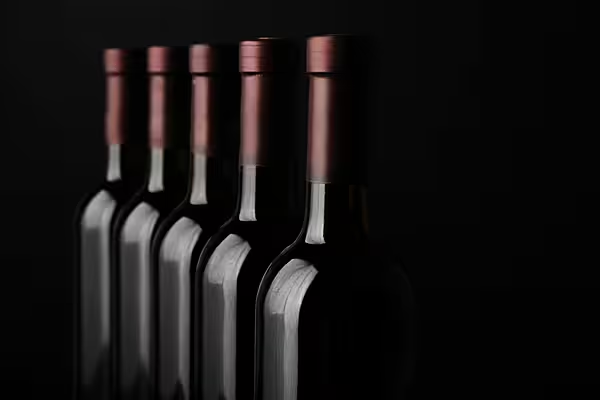Serbia has introduced new measures to restrict the quantity of wine that a single importer can import.
The move, effective 1 January 2021, follows last month's decision by the Serbian government to distribute wine-import quotas from the EU with preferential rates for 2021, according to a report in Vecernji Novosti.
The wine import quotas have been set at 625,000 litres per quarter.
In the first three quarters of 2021, a single importer can import a maximum of 15% of the total quarterly quota.
The final quarter is exempt from this decision.
If import volumes do not reach 15% of the quarterly quota, they will be added to the 15% threshold in the subsequent quarter, the report said.
Import Quota
Earlier, the online publication also reported that Lidl imported 140 truckloads of wine from the EU last June, which amounted to 70% of the overall annual quota. and following this move, other importers were restricted in importing wine from the EU.
As a result, the price of wine increased by up to 30%, and sales dropped by more than 40%.
Dusko Marjanovic, the president of the Trade Sector in the Union of Employers of Serbia, confirmed that the annual quota was bought and that customs duties have been paid on wine since then, the report added.
The quota of 2.5 million litres of wine that can be bought without paying customs duty is based on the Stabilization and Association Agreement between the EU and Serbia.
'Wine Market In Order'
Elsewhere, the Serbian Employers Association (UPS) expressed satisfaction with the government's decision and stated that "it puts the wine market in order and enables fair competition".
The Serbian government has published its 2021-2031 strategy aimed to develop wine-making and vine-growing.
Although there is great potential for growing vines in Serbia, the economic crisis and the loss of the market during the 1990s led to a reduction in cultivation area.
According to data from 2018, vineyards are spread across 20,466 hectares in Serbia, with an average size of only 0.34 hectares. This significantly increases the total cost of grape production.
Low Vineyard Density
As Serbia has one of the lowest vineyard densities in Europe (0.1%), imported wines account for over 60% of total wine sales.
The strategy should enable Serbia to expand its vineyards, boost the share of domestic wine in the Serbian market by over 30%, increase domestic wine exports and develop wine and rural tourism.
According to estimates by the Association of Winemakers and Winegrowers of Serbia, the area of vineyards should increase from 7,000 to 25,000 hectares per year, over the next decade.
The body also expects wine production to grow from 30 million to 100 million litres annually.
© 2021 European Supermarket Magazine – your source for the latest retail news. Article by Branislav Pekic. Click subscribe to sign up to ESM: The European Supermarket Magazine.














